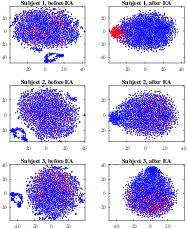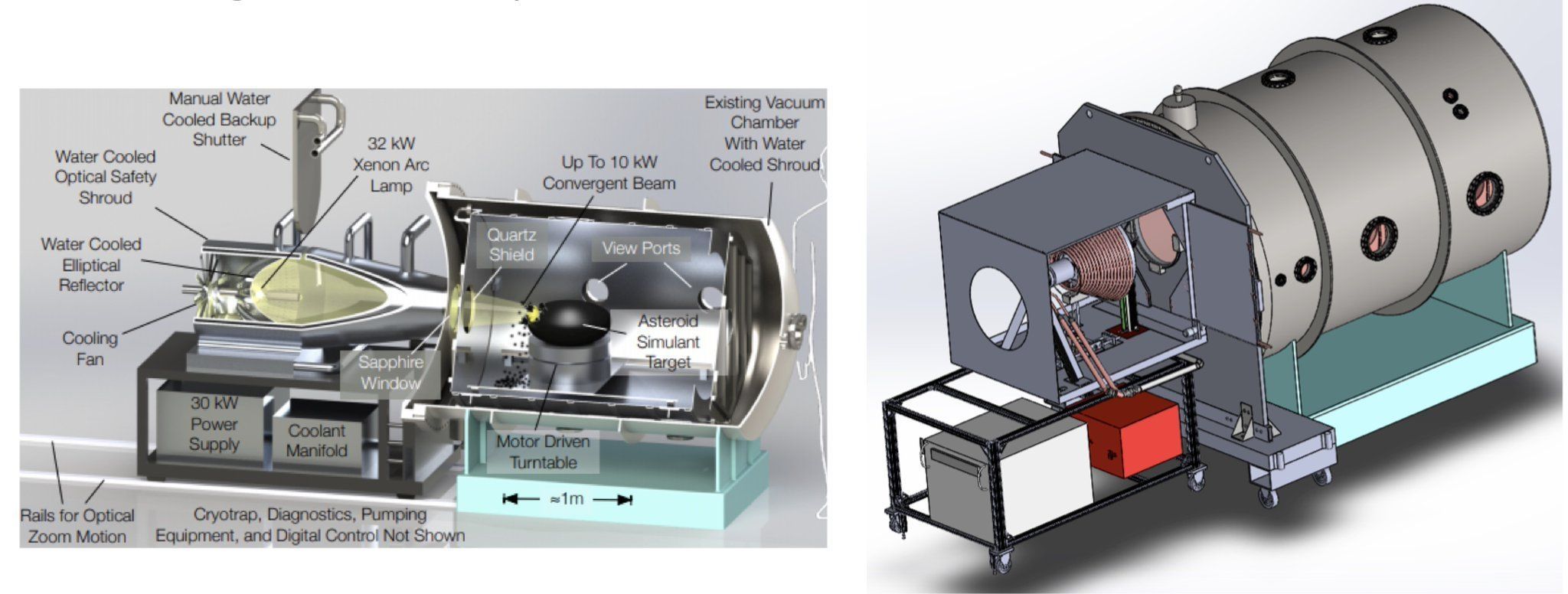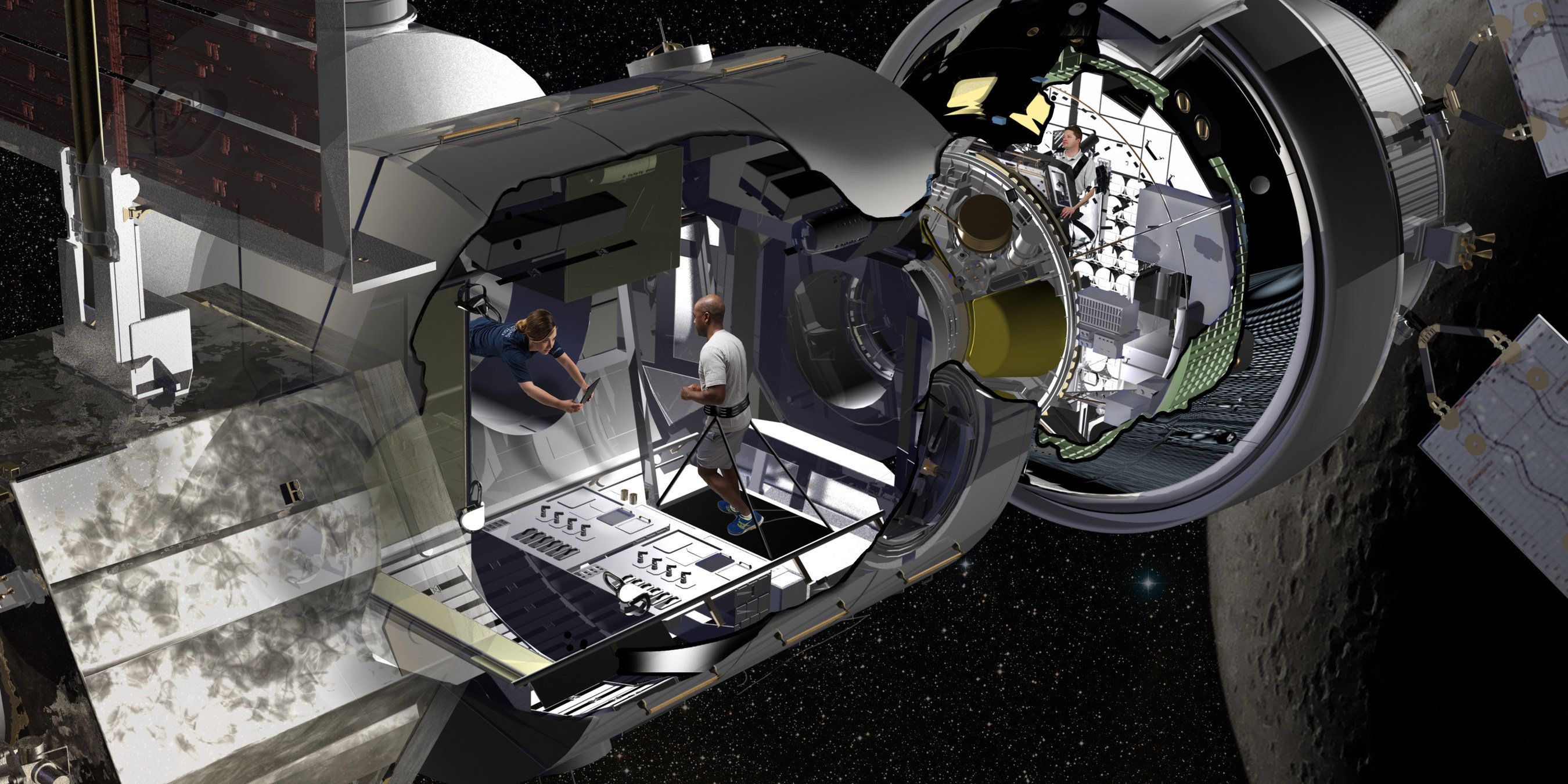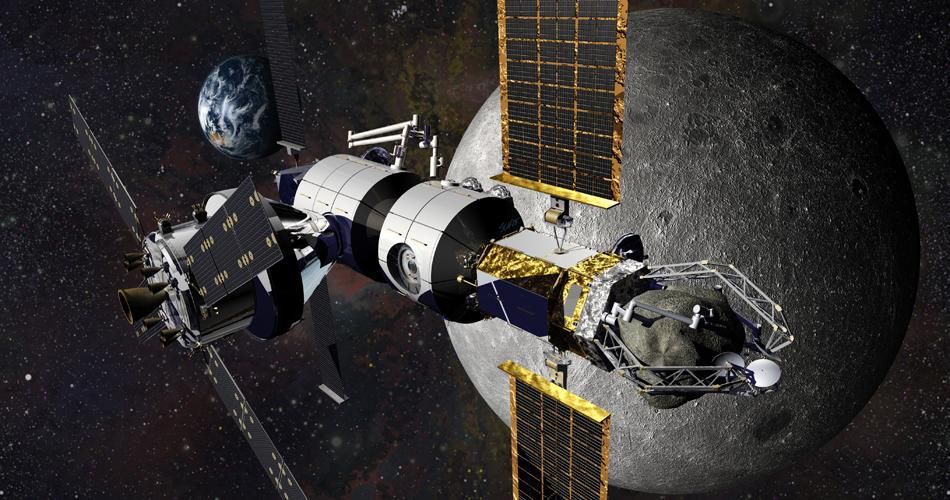
Category: space – Page 982



Stephen Hawking’s Voice Is Being Broadcast Into Space
Hawking is being interred at Westminster Abbey on Friday, with a thousand members of the public (selected through a lottery system) present for the ceremony. The physicist’s remains will be placed between those of Isaac Newton and Charles Darwin.
His voice will be broadcast into space after the service honoring his life.
Hawking’s words “have been set to an original score by composer Vangelis, most famous for his Chariots of Fire film theme,” the BBC reports.

At Asteroid Ryugu, Japan’s Hayabusa 2 Spacecraft Preps for Exploration
The probe will map the surface, deploy rovers and collect pristine samples that could contain clues about the origins of life on Earth.
- By Elizabeth Tasker on June 29, 2018

President Trump directs Defense Department to ‘immediately begin the process’ of establishing ’space force‘ as sixth military branch
Based on posts I’ve seen from techies, militarizing space is a total fail. However, space is already militarized — Nothing goes into air space without Air Force approval… ANY organization developed to “regulate” Space has the potential for corruption whether that be collaborative, international entities which always panders to herd think, or stale governmental organizations. I’m undecided on this.
The White House, Air Force and Defense Secretary James Mattis had disapproved of creating a sixth branch of the military last year.

We Already are Artificial Intelligence
Very interesting.
“It is possible for a computer to become conscious. Basically, we are that. We are data, computation, memory. So we are conscious computers in a sense.”
— Tom Campbell, NASA, Author of My Big TOE
If the universe is a computer simulation, virtual reality, or video game, then a few unusual conditions seem to necessarily fall out from that reading. One is what we call consciousness, the mind, is actually something like an artificial intelligence. If the universe is a computer simulation, we are all likely one form of AI or another. In fact, we might come from the same computer that is creating this simulated universe to begin with. If so then it stands to reason that we are virtual characters and virtual minds in a virtual universe.

This Ultrahot Exoplanet Has Metallic Skies
Astronomers have found iron and titanium in the atmosphere of the Jupiter-sized world KELT-9b, the hottest known exoplanet.
- By Hanneke Weitering, SPACE.com on August 18, 2018

Lockheed Martin gives first look into where astronauts may live on missions to deep space
A massive cylindrical habitat may one day house up to four astronauts as they make the trek to deep space.
Lockheed Martin gave a first look at what one of these habitats might look like Thursday at the Kennedy Space Center, where the aerospace giant is under contract with NASA to build a prototype of the living quarters.
Lockheed is one of six contractors—the others are Boeing, Sierra Nevada Corp.‘s Space Systems, Orbital ATK, NanoRacks and Bigelow Aerospace—that NASA awarded a combined $65 million to build a habitat prototype by the end of the year. The agency will then review the proposals to reach a better understanding of the systems and interfaces that need to be in place to facilitate living in deep space.

